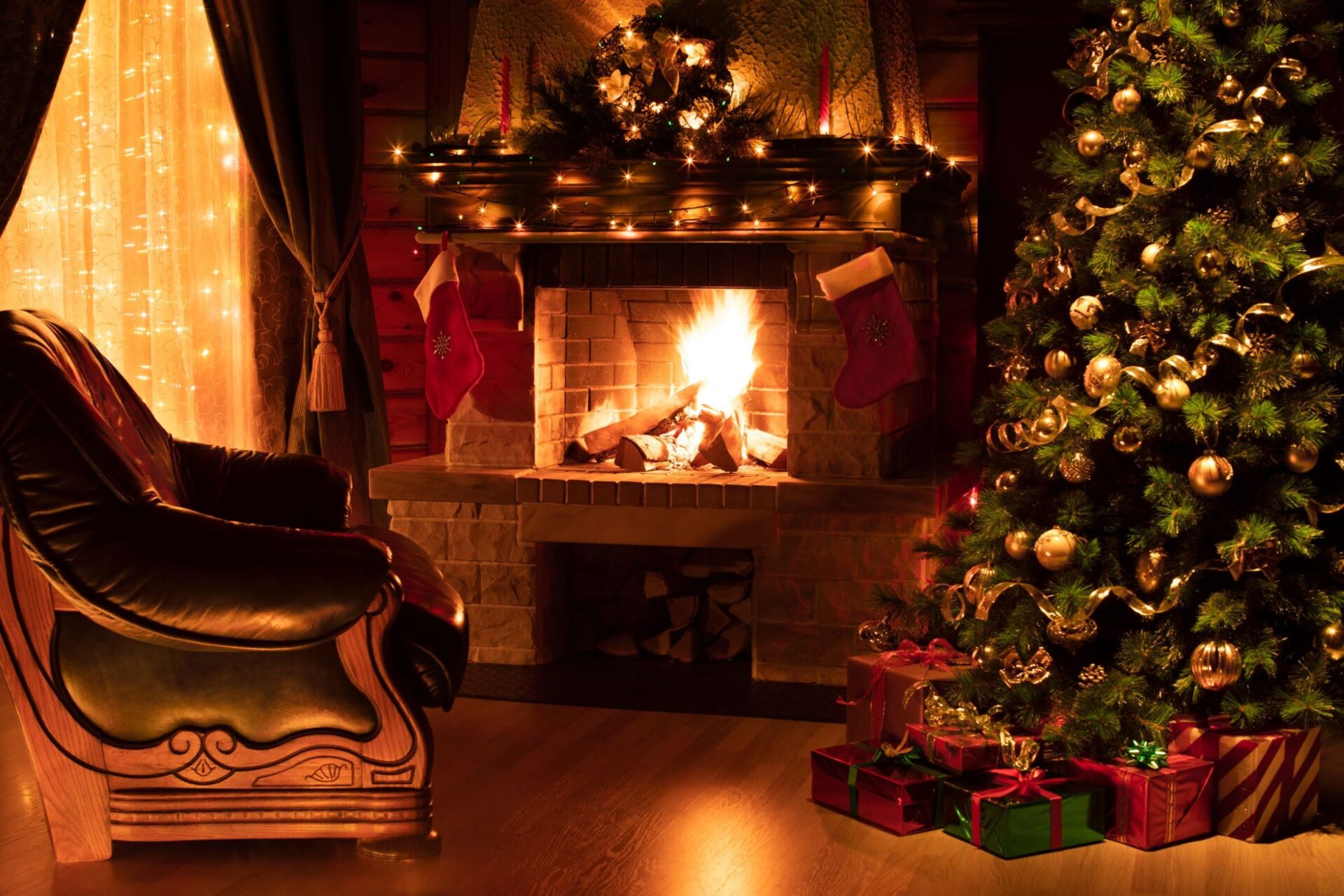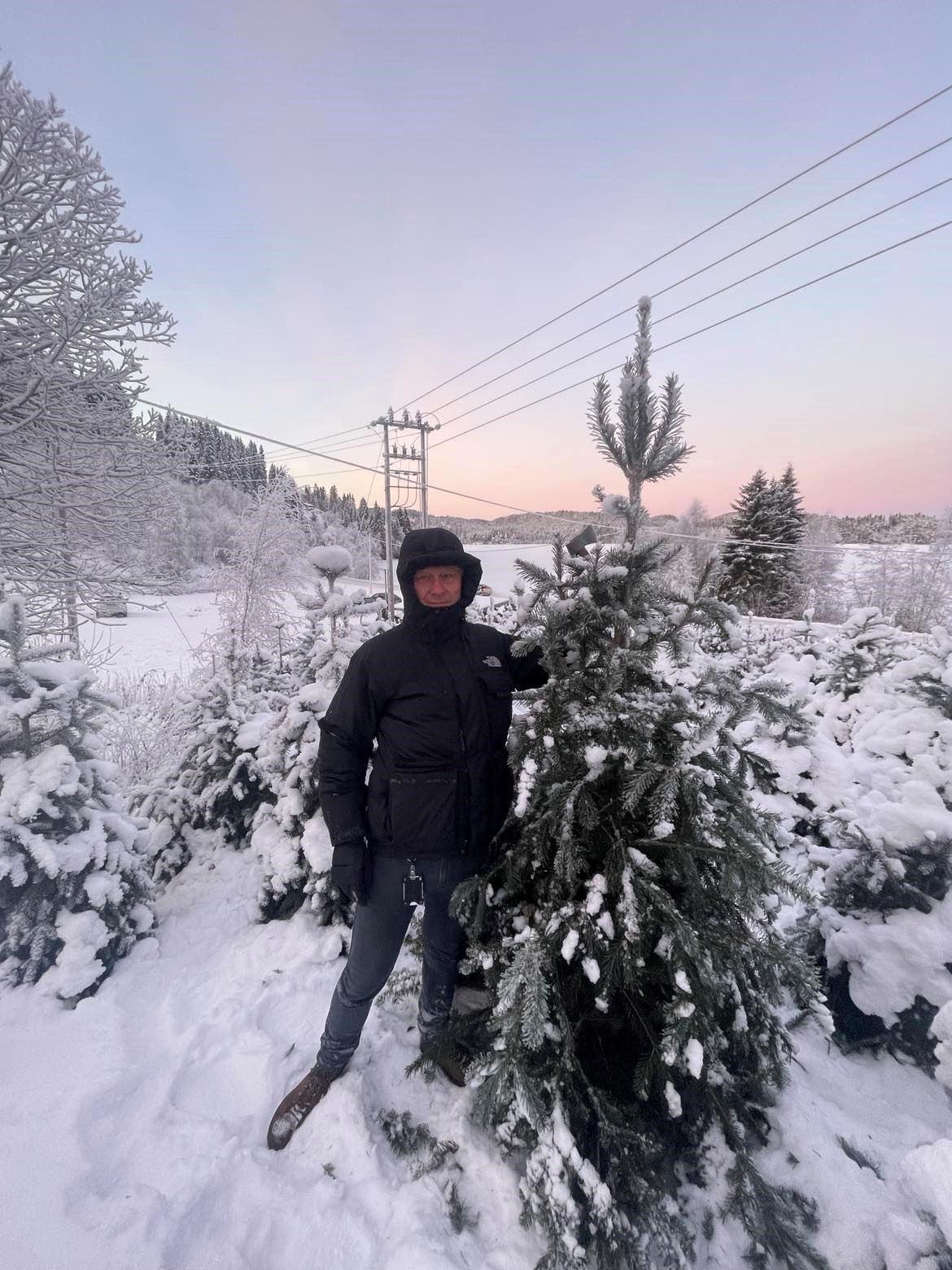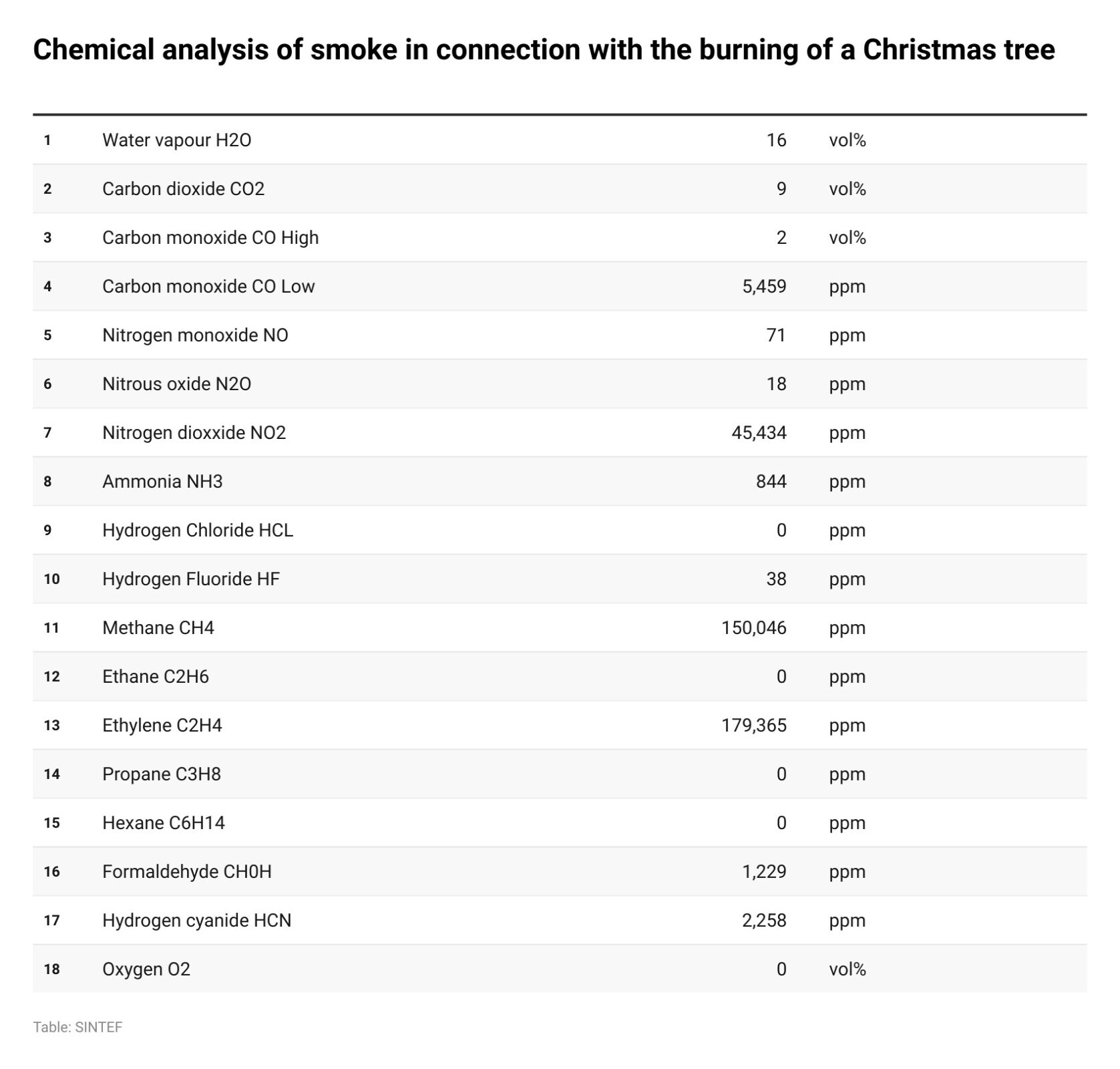Two Scandinavian traditions that remain strong to this day are the use of a real Christmas tree, and a wood stove to heat a home or cabin. But don’t make the mistake of mixing the two.
When the festive period is over, thoughts turn to getting rid of your Christmas tree. However you choose to do it, don’t burn your tree in your wood-burning stove! Here’s why…
Why you shouldn’t burn Christmas trees in wood stoves
The needles on the branches may cause problems because they contain substances such as terpenes. These organic compounds are produced by a variety of plants and have a strong odour. They are hydrocarbons, so have a very high energy content.
If you fill your stove with conifer branches they will generate enormous amounts of heat. That may at first seem a positive, but there are two very good reasons why you should think again.
Toxic gases and chimney fires
Coniferous needles are usually covered with a layer of wax and have an internal network of channels filled with resin. Both the wax and resin catch fire and burn very easily. In the worst case, the extreme heat given off by burning these branches can lead to chimney fires. The needles on a Christmas tree also contain a lot of nitrogen. It’s an element which, under unfavourable combustion conditions, forms several extremely toxic, suffocating, irritating and corrosive gas components.
The worst of these–hydrogen cyanide–is a colourless, extremely flammable chemical used as a chemical weapon in World War I. Needless to say, this isn’t something you want in your home or cabin.
Norway’s TV2 stopped by our labs a few years ago to see for themselves why burning these trees is so bad. We used an advanced instrument to analyze the smoke composition. Watch the video here.
Measurements made on the combustion of spruce branches in a typical wood stove in SINTEF’s laboratory showed concentrations of hydrogen cyanide well above 100 ppm. Clinical tests show that exposure to concentrations of 130 ppm over 30 minutes is fatal (180 ppm, 10 min / 270 ppm, immediate mortality). A few of the gas concentrations were way above the threshold of the instrument and might deviate some.
Of course, you can burn the wood of the tree trunk by first cutting off the branches. If the trunk is still moist, either because the tree was recently cut or watered during the holidays, you should first let it dry out before burning.
In various Norwegian cities, local authorities run programs that accept Christmas trees for recycling and/or safe disposal. Find out more here. If you live outside of Norway, you can compost your Christmas tree or check with your local authorities how to dispose of it properly.
Tips on winter wood burning
The Scandinavian “hygge” trend has spurred interest in wood stoves around the world. Yet legitimate climate concerns have left many people wondering if burning wood for winter warmth is environmentally friendly. The answer is yes, provided it’s done right.
For instance, did you know that it’s possible to reduce particle emissions by up to 80% simply by lighting your wood stove in a different way? Find out more about the eco-friendly use of a wood burner or read more about SINTEF’s expertise on wood stove technology.
If you still use your old (pre-1998 for Norway) SINTEF recommends replacing it by a new modern one, to help mitigate emissions.
Read more about the topic:
This article was originally published on January 7th 2021, and updated on 22. Desember 2023.




Pingback: WoodCFD – and how to preserve “hygge” for the future - #SINTEFblog
Pingback: Wood stoves and wood-burning – how to ensure “hygge”, heating comfort and eco-friendliness - #SINTEFblog
Pingback: What wood is toxic to burn ( Top 13 ) » Off Grid Grandpa
Pingback: The 10 commandments of wood burning stoves - #SINTEFblog
This has been very interesting to read.